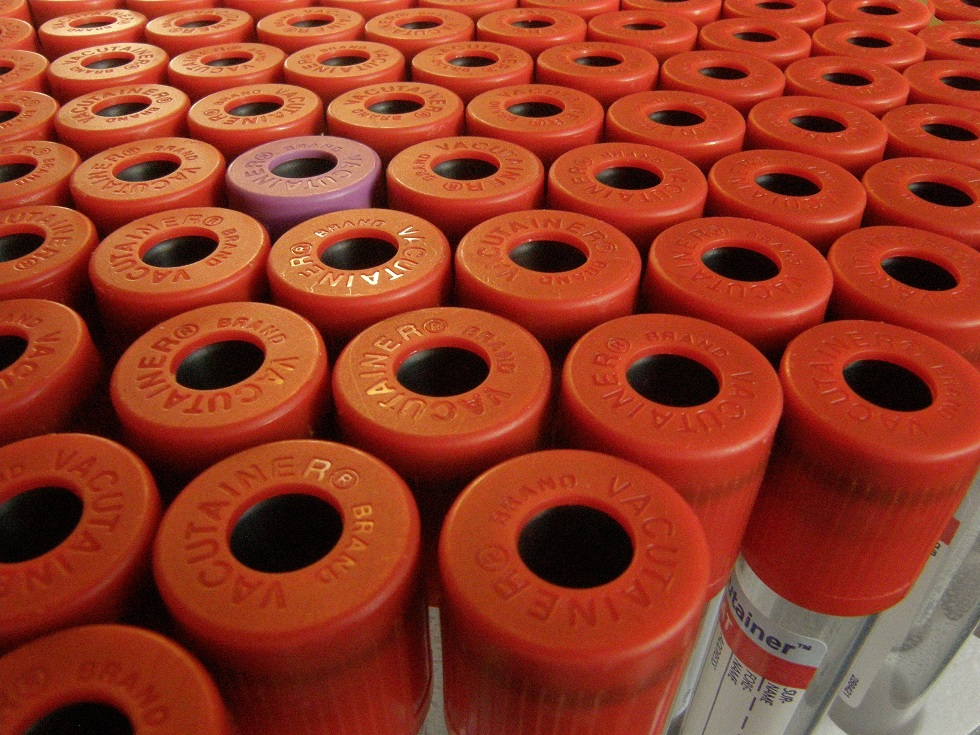Species: Cattle, sheep
Specimens: Serum or plasma
Optimum number of animals to test for mob/herd/flock: 8-10
BHOB, a stable ketone, is commonly used as an indicator of an energy deficit (subclinical and clinical ketosis) and is generally most useful in the transition period from just before calving to mid lactation (just prior to mating) in cattle and in late pregnancy in sheep. It is not a useful test in non lactating or non pregnant cattle or sheep and it may be falsely elevated in cows ingesting poor quality silage high in butyrate. In sheep pregnancy toxaemia usually occurs 4-6 weeks before lambing.
Reference interval (cattle):
- Optimum concentration for milking cows: <1.0 mmol/L
- Subclinical ketosis (reduced milk production): >1.2 mmol/L
- Clinical ketosis: >2.0 mmo/L
Reference interval (Sheep):
- Normal < 1.0 mmol/L however twin and triplet bearing ewes can have slightly increased BHOB concentrations yet appear clinically normal.

